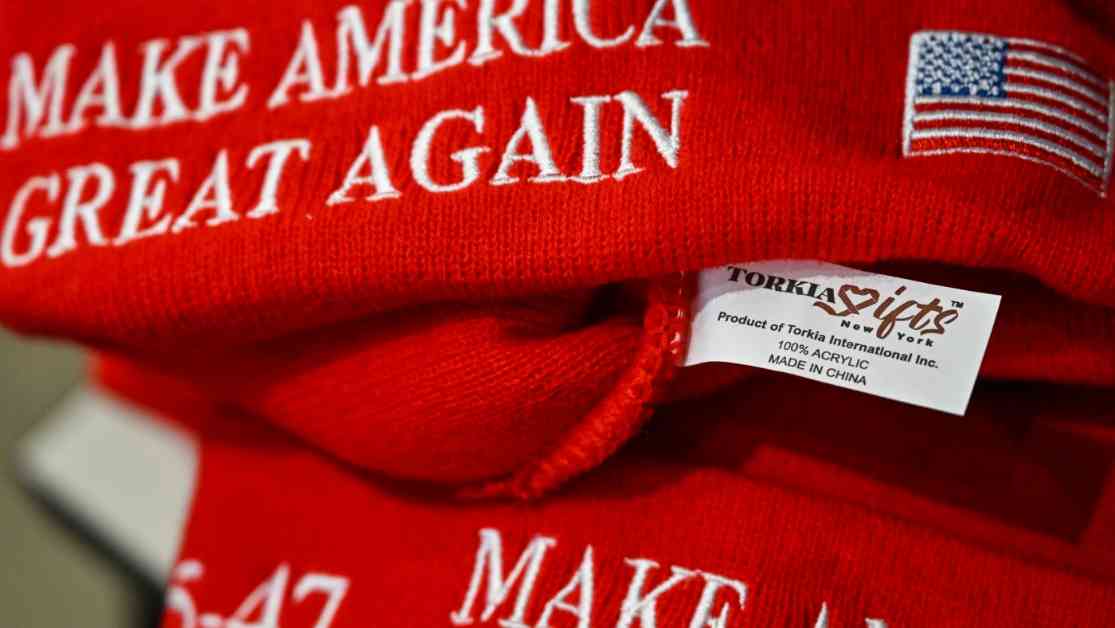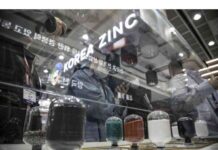President Trump, hoping to boost U.S. manufacturing, slapped import taxes on foreign goods. However, an online test revealed that people aren’t really down to drop extra cash for items labeled “Made in the USA.” Ramon van Meer, who sells showerheads produced in China and Vietnam, pondered shifting production to the U.S. when the tariffs hit Asian imports. He launched an online study to see if customers would fork out more for an American-made showerhead.
The price for the domestic model was calculated based on the expenses van Meer would incur to establish a supply chain from scratch in the U.S. — a significant markup from the imported version. The experiment results were crystal clear: out of 25,000 website visitors, not a single person opted for the pricier “Made in the USA” showerhead. Van Meer admitted, “I was kinda expecting the cheaper version to win, but the gap in results was shocking. We didn’t sell a single ‘Made in the USA’ model.” Maybe it’s just me, but the lack of interest in domestic products is quite telling.
SaverShower, a U.S.-made brand, shares a similar story. While most showerheads at a hardware store in Washington are from China, the water-saving SaverShower by Rick Whedon stands out. Whedon mentioned that consumers don’t really care about the product’s origin. The company relies on eight local suppliers for parts, which are becoming scarcer by the day. Despite Trump’s tariff strategy, Whedon doubts a manufacturing revival in the U.S. He remarked, “Even with a 250% tariff, no one will start making showerheads here.” Not really sure why this matters, but the challenges in U.S. manufacturing seem insurmountable.
David Malcolm, an irrigation expert turned showerhead manufacturer in California, faces fierce competition despite his desire to produce locally. He emphasized the reasonable pricing of his showerheads, which are about twice the cost of Chinese-made ones. Malcolm used to source parts locally but had to switch to a Taiwanese supplier due to the decline of local machine shops. He stressed that reviving industries like screw machine shops in the U.S. is a gradual process. So far, consumers and the president lack the patience for such endeavors. The uncertainty surrounding tariffs is detrimental to business planning, making it hard to look beyond a few months. Maybe it’s just me, but the future of U.S. manufacturing seems uncertain in light of these challenges.






















